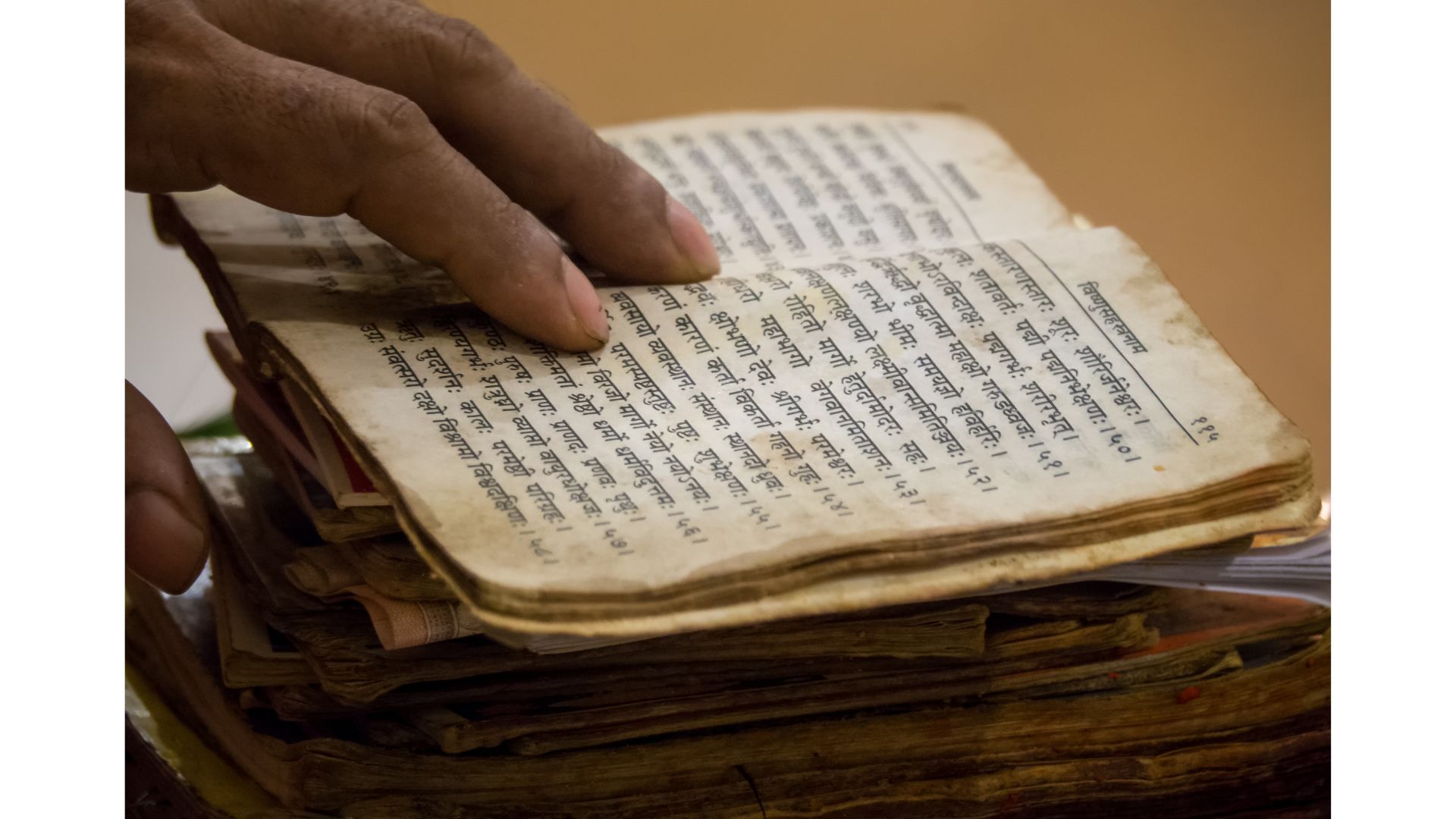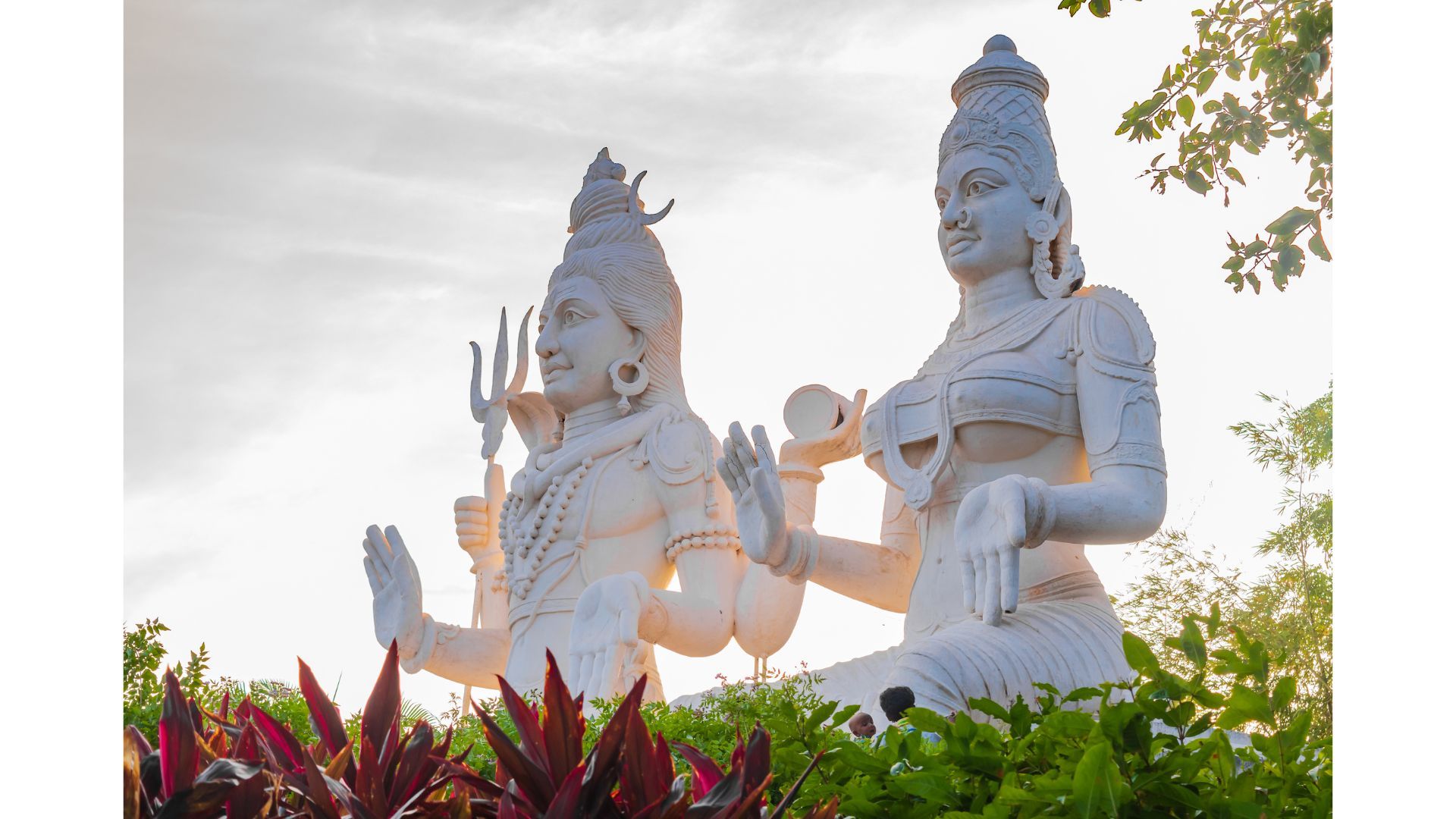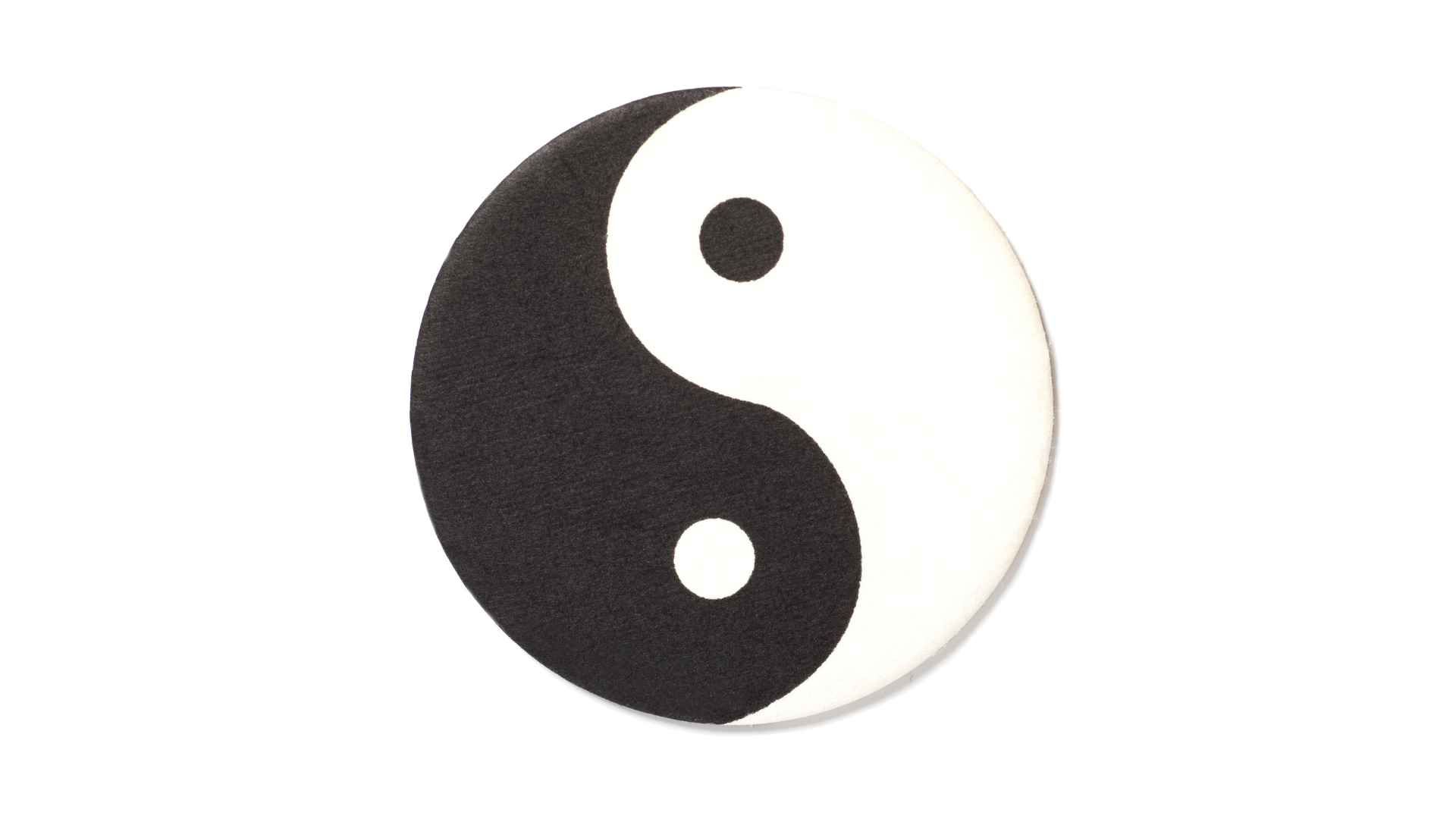
Among thousands of enlightened insights in the great Vedic scriptures, the enlightened rishis point our attention to four statements above all else. These supreme teachings are known as the Four Mahavakyas.
The word mahavakya means a grand, profound statement of great importance.
Let's break it down. Maha means great - like a Maha raja - a great king. Vakya means thought or idea or statement.
So these Four Profound Statements of the Upanishads better be really important, but when you read them, they sound more like a riddle instead of a great teaching of enlightenment. Well, here they are. Read them for yourself and form your own opinion.
All is Brahman
The Self is Brahman
Thou art that
I am Brahman
Let those words sink in and see if they mean something to you. The most enlightened people in history are telling you that these four lines hold the secret of all secrets to enlightenment. The Four Mahavakyas, the The Four Great Statements.
I puzzled over the real meaning of these statements for decades, until 2017 - an enlightened scholar named Christopher Wallis translated the teachings of a great teacher of enlightenment who lived around 1000 AD in Kashmir, the cradle of enlightenment in northern India.
This highly enlightened sage was named Ksema - in fact, his students called him Ksema-raja, so great was his reputation as a teacher of enlightenment.
According to historians, about 95% of enlightenment writings from this era have not survived, but through a series of historically fortunate events, a few complete books of Ksema-raja have survived intact, as well as several books written by his teachers a few hundred years before him.
In his great works of enlightenment, Ksema-raja explains in quick detail how the invisible source of the universe is called by the Vedics Brahman - the All, God - and that Brahman is not a physical force, but an inner field of all possible possibilities.
Brahman is everything that could be, but isn’t yet. Brahman is the unmanifested source of all possibility waiting to be expressed. In other words, every potential possibility exists in Brahman - an infinite field of consciousness.
What's in a Name?
Other people and traditions have used different names to describe this infinite field of possibility - and all these names mean the same thing.
For example, modern scientists would call Brahman the Unified Field of Consciousness.
Chinese Taoists named this force the Tao, meaning harmony, flow, natural order, the source of everything, the eternal way that cannot be named and cannot be seen, only felt.
Brahman was also referred to as Shiva, but Shiva is only half the equation. Shiva is the unmanifested potential, while Shakti is the energy that directs specific ideas into form.*
Shiva can manifest nothing without Shakti. As it is said, “Shiva is nothing but an empty husk without the loving adoration of Shakti to complete him.”
But for now, let's stick with the name Brahman.
Vibration is the Key
The fine points of doctrine related to Brahman, the Unified Field of Consciousness, Shiva and Shakti, Yin and Yang could be debated endlessly - but suffice it to say for our purposes here that Brahman is the vibrational source behind the universe - the hum of his vibration underlies everything in creation. Or to say the same thing, the hum of the Tao underlies everything in creation. Or the vibration of the Unified Field permeates everything in creation.
Brahman vibrates on a single wavelength in alternate states of waking and sleeping. But the vibration of Brahman (described as Ommm) is a very low frequency.
When Brahman opens his eyelids, Shakti is waiting for him and universes instantly come into existence, and when Brahman closes his eyes and sleeps, those same universes are withdrawn and dissolve back into his formlessness. In the meanwhile, Shakti waits patiently for her lover to awaken again.
According to Vedic teachings, this cycle of creation and dissolution repeats without end. But just how long is the cycle of creation? We know scientifically, that our universe is about 13.8 billion years old, but we don’t know if Brahman has just awoken, or maybe we’re close to the end of the cycle. Either way - each cycle of waking and sleeping is billions, possibly trillions of years (as we experience time) - there’s no way to know.
According to very ancient Vedic knowledge, when Brahman opens his eyes - creation proceeds forth in the form of waves - an infinity of waves of all possible frequencies - emanating from Brahman and manifesting through Shakti - the feminine, the creative.
And the two work together to blast out waves of energy and consciousness in all directions, outward from the ultimate source.
And these waves intersect with each other to create standing wave centers, or yantras, which organize the light into patterns, and this light continues on its journey until it passes through the substrate of Mind - and Mind creates a physical form to temporarily surround this light.
The light is now contracted into a body, a flower, an emotion, or the color blue. Everything manifests from this light. Nothing, no matter how small or insignificant, no matter how good or evil - nothing is apart from it.
And so we live in this contracted state - completely unaware (until now) that we are not this body - we are the light that inhabits it.

As it has been said, "Your body does not have a soul, your soul has a body."
And if you keep tracing the source upward - you are actually Brahman - but in a much contracted form as the energy is stepped down, down, down into the universe of forms we see.
We, according to the teachings of Ksema-raja, have the exact same nature and the same powers of creation and dissolution as Brahman. We ourselves embody infinite potential. And Ksema-raja hints at a technique to open your awareness to recognize yourself as who you are - the very source. And when you can “un-contract” your own awareness and understanding - in other words when you rise your consciousness from the lowest understanding of who you are to the highest understanding of who you are, you become enlightened, liberated from the limited form you have now - a state known as embodied liberation (jivan-mukti).
And so back to the Four Mahavakyas. Let’s read them again. They should make much more sense now, and it should also be clear why these four profound statements form the inner core of all Vedic understanding and represent the fastest path to enlightenment.
All is Brahman
The Self is Brahman
Thou art that
I am Brahman
And so we see that when you recognize yourself and everything around you as Brahman - you become liberated. This is called non-dualism - meaning that you, God, everyone around you, and everything in the universe is all from the same source, and in fact, is that source.
The Four Mahavakyas of the Upanishads.
Please click the blue "Subscribe" button and be notified of new (and some private) articles when they are posted.
*Shiva is the father of Shakti and Shakti is the mother of Shiva. Each gives rise to the other, neither exists independent of the other and each is contained within the other (sounds like yin and yang, right?).

Whereas Vedic teachings personalize these two forces as male and female / God and Goddess, the Chinese present these forces as impersonal - Yin and Yang.
Both represent the underlying concept of duality and polarity which permeate all creation.
